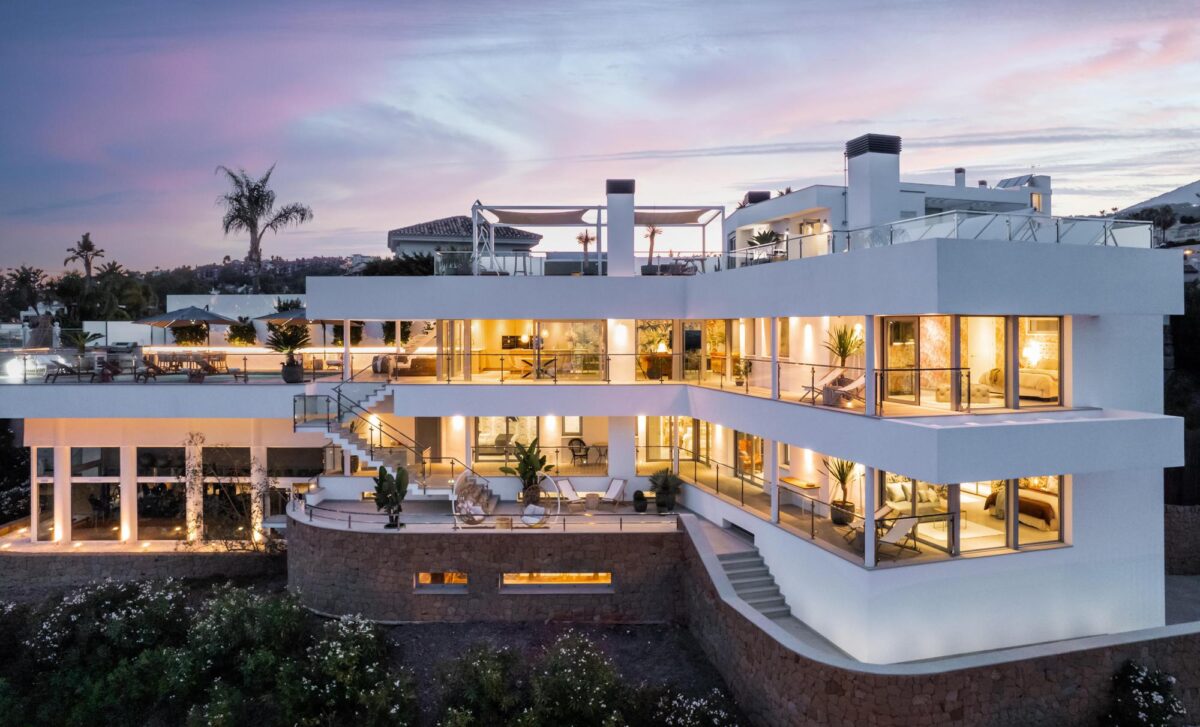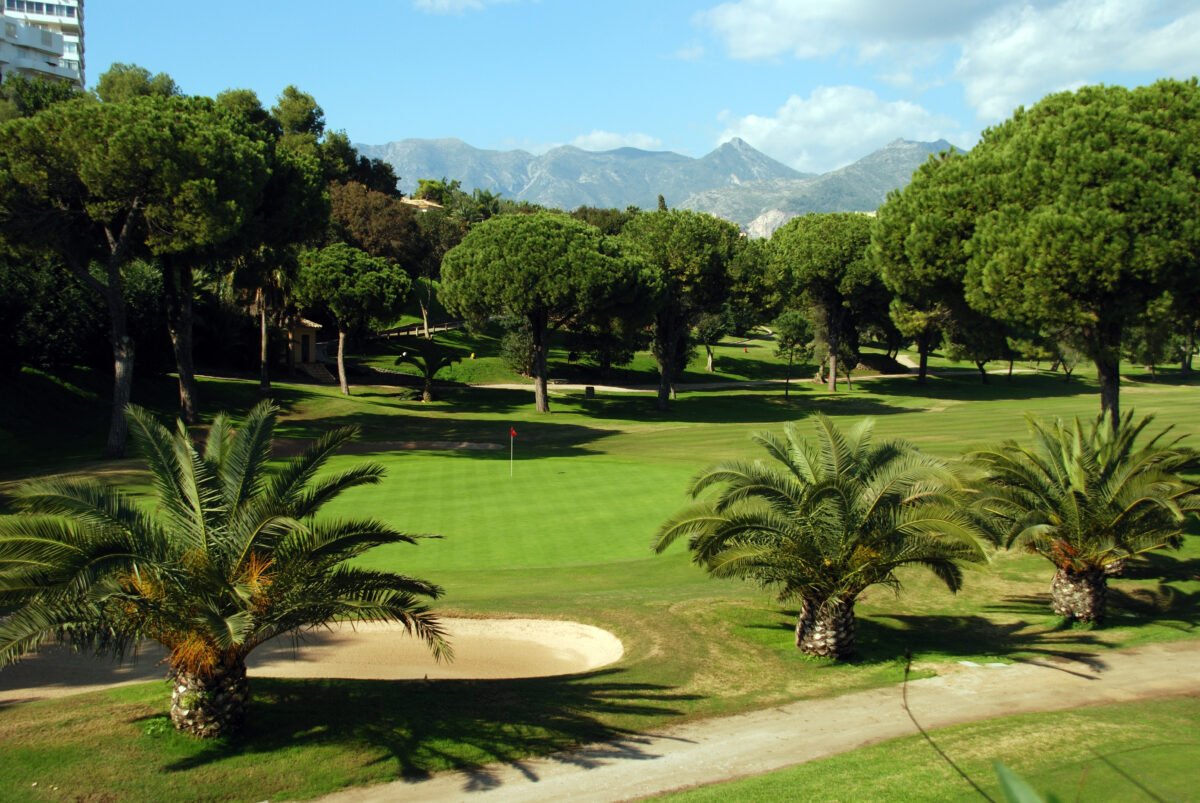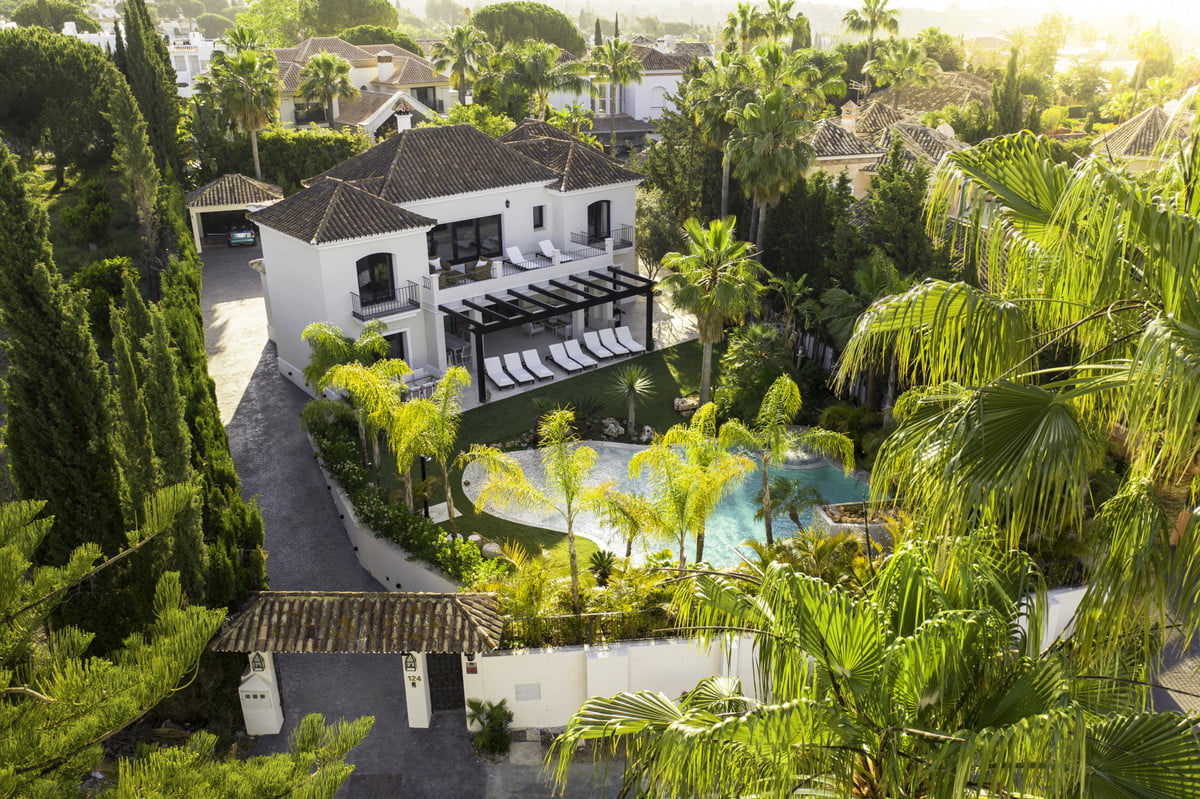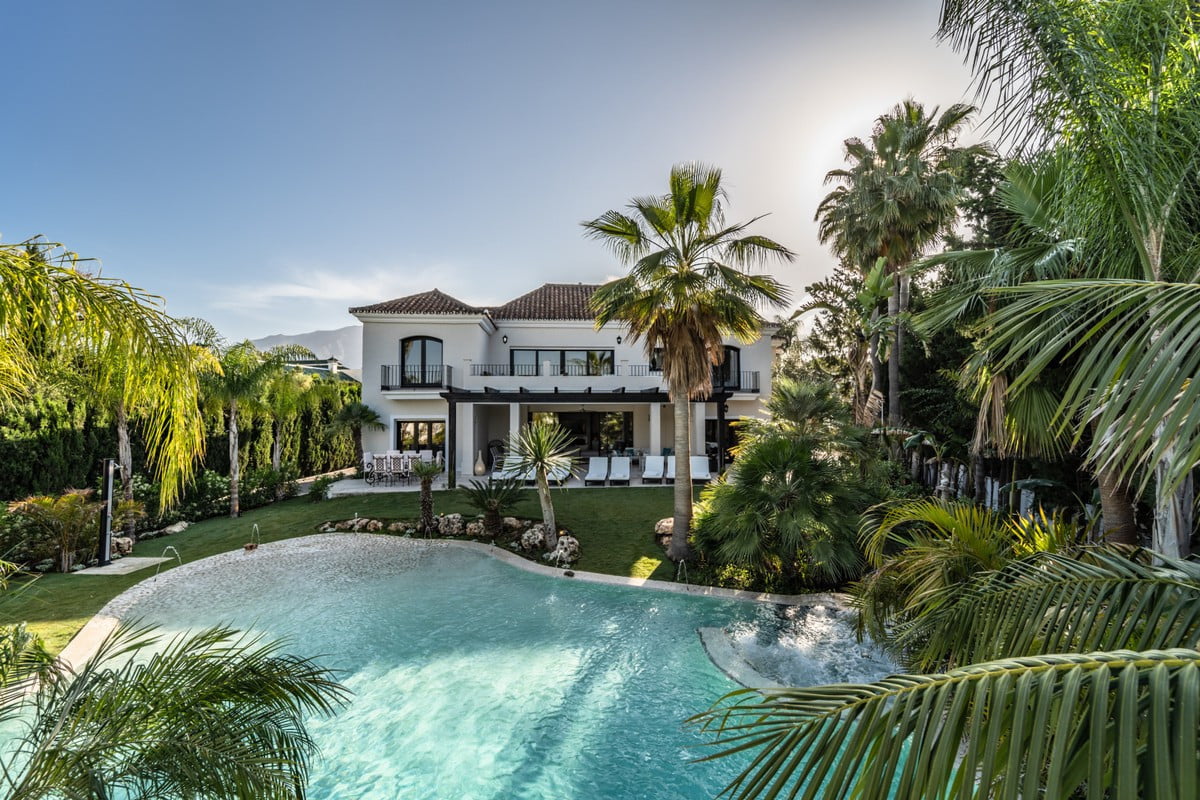Golf is undoubtedly one of the most popular sports in the world, but have you ever wondered about its impact on the economy? Spain, and Andalusia in particular, is known as a true golfer’s paradise. However, it’s not just green courses and beautiful landscapes – golf is also an economic driver for the region.
Every year, thousands of golf enthusiasts from all over the world flock to Spain, attracted by the excellent playing conditions that this sun-drenched country offers. Not only does this translate directly into revenue from playing fees, but it also generates significant income from tourism – hotels, restaurants and shops benefit – and has a significant impact on Spain’s property market.
Golf and real estate – an inseparable pair
The real estate sectoris seeing the benefits of golf’s growing popularity. Many luxury villas and flats are being built close to golf courses – attracting investors and new residents who value access to high-end facilities, of which there is no shortage in Andalusia and the Costa del Sol. Golf not only increases property values, but also attracts investment that translates into infrastructure development and job creation.

A report on the economic impact of golf – compiled by IE Business School, the Spanish Association of Golf Courses (AECG) and the Spanish Golf Federation (RFEG) – shows that Spain is an annual destination for more than 1.2 million golf fans, making it the most desirable destination in Europe for lovers of the sport.
In the context of spending leisure time on golf courses, the perspective of the property market is very interesting. As the figures quoted in the study indicate, only 5% of foreign tourists who visit Spain own a second home here. However, when we focus on the group of people who come here specifically for golf, this percentage rises sharply – to almost 24%! According to the figures quoted, those spending their leisure time on the green stretches of golf courses have invested a total of as much as €42 billion in nearly 283,000 properties.
What’s more, data from Golf Business Partners (GBP) in its Nuevas Tendencias en el Turismo de Golf report shows that 8,400 properties located on or in close proximity to golf courses are sold annually in Spain. The average price of such a property is €356,000. The GBP report also points out that nearly 18.5% of Spain’s more than 350 golf courses are part of residential developments. This shows how strong the relationship between golf and the real estate sector is.

The positive impact of golf on tourism
If we analyse the economic impact of this royal sport, we cannot overlook tourism. Golf fans who reach Spain not only show a far greater interest in the country, but also spend more time here. Statistics show that the average stay for a golfer is 12 nights, compared to seven nights for ordinary tourists. What’s more, enthusiasts of the sport have a higher level of income and are more likely to spend more during their stay – as much as €324 per day on average.
Rather than focusing on the traditional peak tourist season of summer, golfers are most likely to choose Spain in spring and autumn. The most popular time for this form of tourism is in March, April, October and November, but interest in golf remains constant throughout the year. This therefore extends the tourist season, which is spread out over a longer period than the summer months.
For golfers visiting Spain, the frequency of their visits is important. It turns out that many visit Spain at least once a month – twice as often as regular tourists (5.76% compared to 2.65%). It is rare for golfers to visit Spain only once a year or even less frequently, a natural behaviour for those interested in the traditional holiday model – based on sunbathing or visiting the Iberian Peninsula.

Andalusia and Costa del Golf
Various regions of Spain are hugely popular with golfers – especially those who have chosen to invest in property. However, the main region attracting lovers of the sport from all over the world is Andalusia and the Costa del Sol. With its picturesque beaches and numerous golf courses, Spain’s southern coast attracts the highest proportion of leisure enthusiasts with a golf club in hand – 36% of the 283,000 ‘golf tourists’ choose this region as their second home, making a total investment of more than €15 billion.
Golf is not just a sport. It’s almost an industry that contributes to the economic and social development of Spain and Andalusia in particular. The next time you head to the golf course, remember that the impact of your favourite sport goes much further than just the nearest green.

